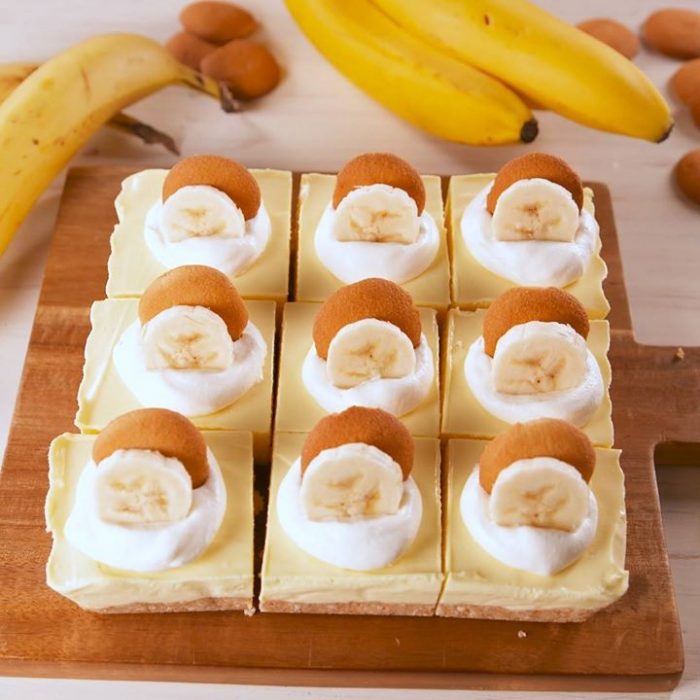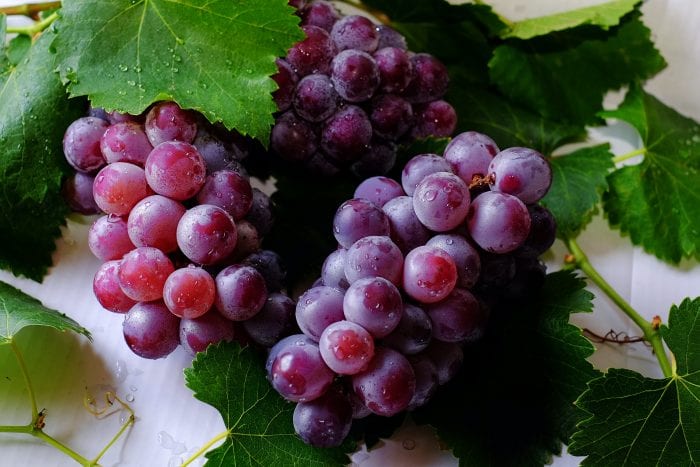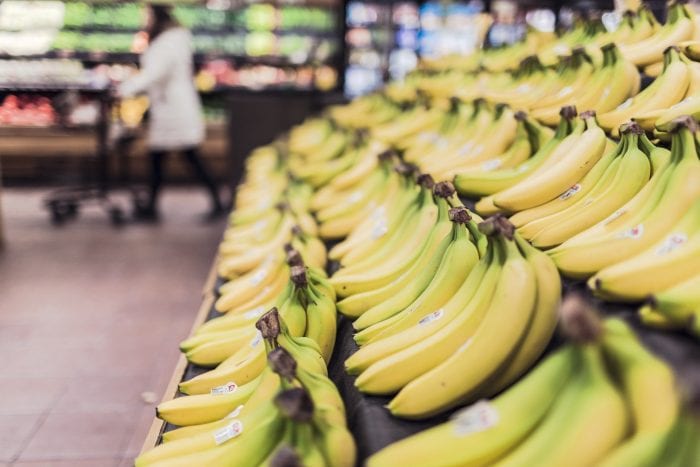By Heidi Sutton
Backyard barbecues beckon and poolside entertaining reigns supreme every summer. After guests have had their fill of fire-licked grilled burgers, hot dogs and chicken, a refreshing dessert that won’t have summertime hosts sweating preparation can make for the perfect culinary capper.
A no-bake dessert ideal for warm weather entertaining, banana pudding often wins rave reviews. Anyone who loves the sweet taste of bananas, the creaminess of rich pudding and the crunch of vanilla wafers will enjoy digging into these two delicious treats.
Banana Pudding
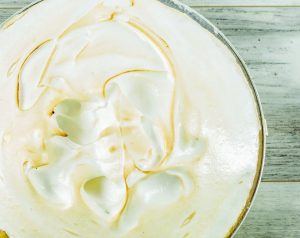
While many vanilla pudding recipes are topped with whipped cream, this version, courtesy of Trisha Yearwood and the Food Network, changes things up with a meringue topping for added flair.
YIELD: Makes 8 servings
INGREDIENTS:
4 large eggs
3⁄4 cup sugar
3 tablespoons all-purpose flour
1⁄2 teaspoon plus a pinch salt
2 cups whole milk
1⁄2 teaspoon vanilla extract
30 to 40 vanilla wafers
3 to 4 medium ripe bananas
DIRECTIONS:
Separate the yolks from the whites of three of the eggs; set aside the whites. Add the remaining whole egg to the yolks. In a saucepan, whisk together 1⁄2 cup sugar, the flour and 1⁄2 teaspoon salt. Stir in the whole egg and three yolks, and then stir in the milk. Cook uncovered, stirring often, until the mixture thickens, about 10 minutes. Remove from the heat and stir in the vanilla.
Preheat the oven to 425 F. Spread a thin layer of the pudding in a 11⁄2 quart casserole dish. Arrange a layer of vanilla wafers on top of the pudding. Thinly slice the bananas crosswise, about 1⁄8 inch thick, and arrange a layer of banana slices over the wafers. Spread one-third of the remaining pudding over the bananas and continue layering wafers, bananas and pudding, ending with pudding.
To make the meringue, beat the reserved egg whites with a pinch of salt until they are stiff. Gradually beat in the remaining 1⁄4 cup sugar and continue beating until the whites will not slide out of the mixing bowl when it is tilted. Spread the meringue over the pudding with a spatula, making a few decorative peaks on top, and bake until the meringue is lightly browned, 5 minutes.
Banana Pudding Cheesecake Bars
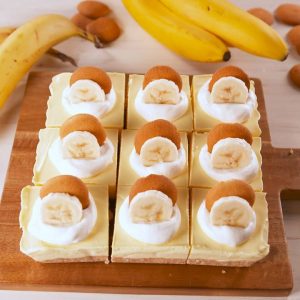
This dessert bar recipe, courtesy of Lena Abraham, senior food editor and stylist at Delish, marries tangy cream cheese with sweet and velvety banana pudding atop a cookie crust. They’re easy to prepare ahead of time and easily sliced when the dessert bell beckons.
YIELD: Makes 9 servings
INGREDIENTS:
For crust:
1 1⁄2 cup crushed vanilla wafer cookies
5 tablespoons butter, melted
2 tablespoons sugar
Pinch sea salt
For filling
1 1⁄2 (8 ounces) blocks cream cheese, softened
1⁄2 cup sugar
1 1⁄2 cup whipped topping
1 3.4-ounce package instant banana pudding mix
1 3⁄4 cup whole milk
For topping
Whipped topping
1⁄2 banana, sliced
9 vanilla wafer cookies
DIRECTIONS:
Line an 8-inch by 8-inch pan with parchment paper. Make crust: In a medium bowl, combine crushed wafer cookies with butter, sugar and salt. Press in an even layer into the prepared pan. Place in freezer while making filling.
Make cheesecake filling: In a large bowl using a hand mixer (or in a stand mixer), beat cream cheese until fluffy and no clumps remain. Add sugar and beat until combined. Fold in whipped topping and set aside. In a medium bowl, whisk together pudding mix and milk. Let pudding stand for 3 minutes in the refrigerator, until thickened. Fold into cheesecake mixture until well combined. Pour filling into prepared crust and smooth into an even layer. Freeze until bars are firm, at least 6 hours and up to overnight.
When firm, remove from freezer and slice into nine bars. Top each bar with a dollop of whipped topping, a slice of banana and a vanilla cookie before serving.
Note: If banana isn’t your favorite flavor, replace banana pudding with lemon pudding and use a thin lemon slice in the whipped topping dollop as a garnish when serving.

